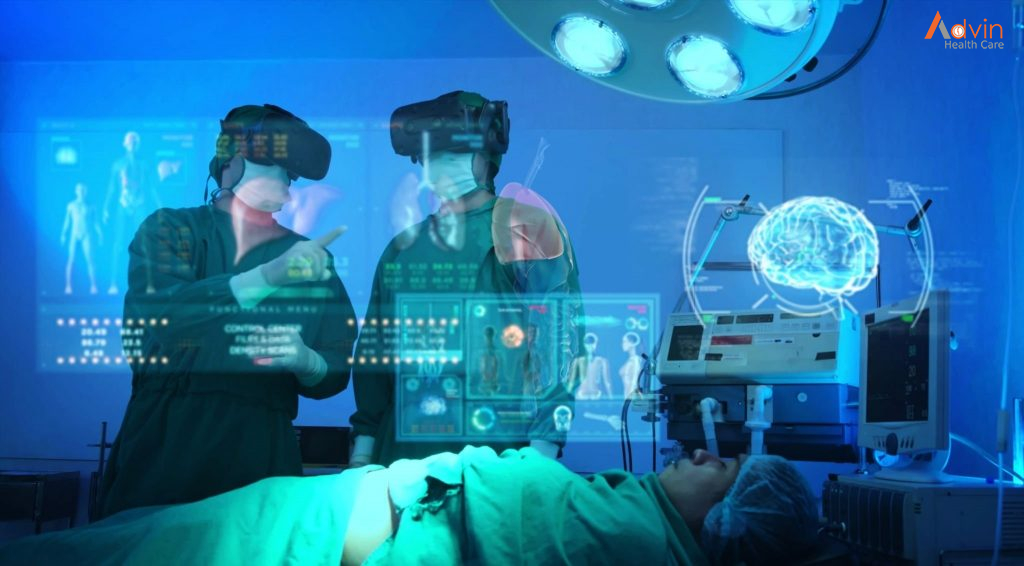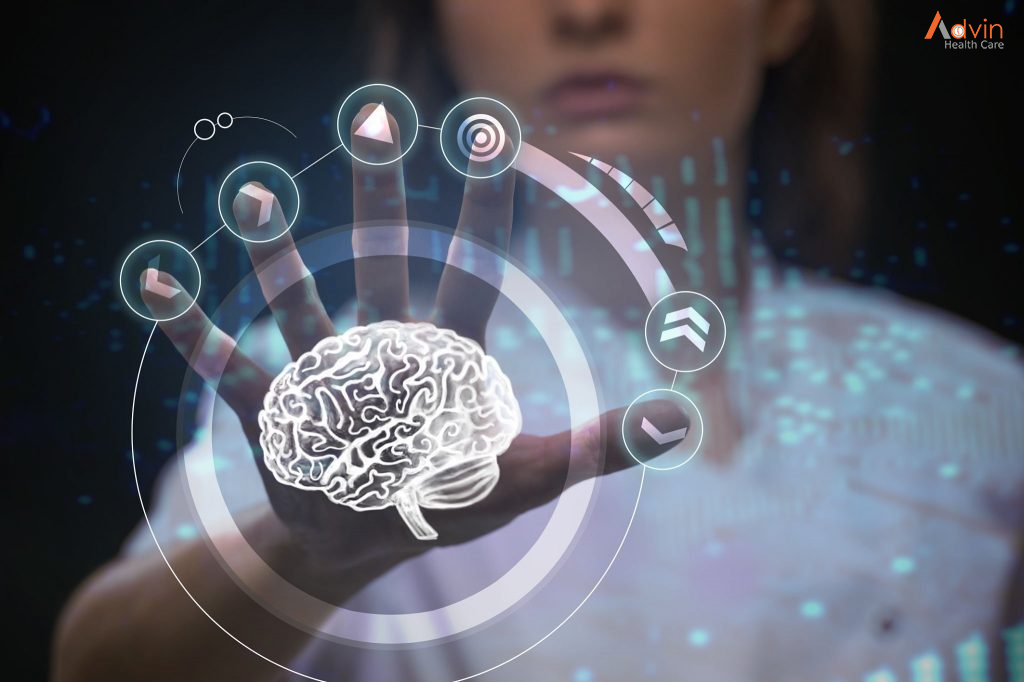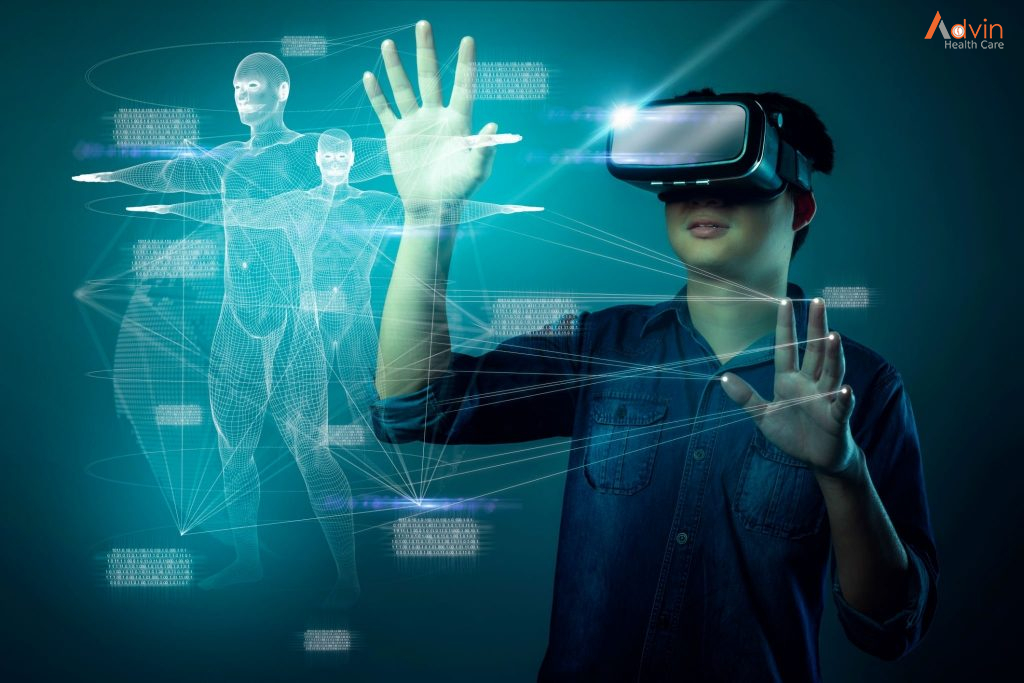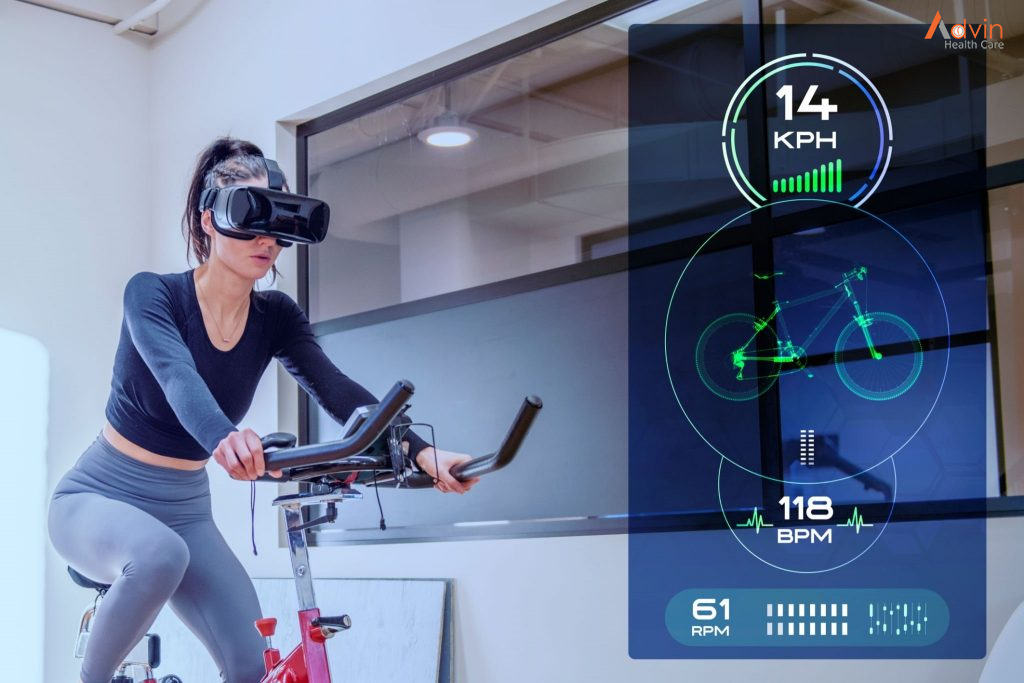VR is the use of software to create an immersive simulated environment. Unlike traditional user interfaces, to experience VR, users put on head-mounted display (HMD) which places the user inside an experience, where they can engage with the environment and virtual characters in a way that feels real. VR has a unique power, more than any other technology that has ever existed, to make users believe they are in a different environment. This allows them to learn from experience as they would do in real life. This ability to deliver experiences on demand is where the power of VR lies.
Virtual reality in healthcare uses computer-generated technology for several healthcare applications, like providing virtual medical training to students and doctors or carrying out diagnoses, and many others.
There have been a lot of talks and discussions about the use of VR in the healthcare industry, with numerous applications of virtual reality already being implemented in healthcare. Applications such as robotic surgery, healthcare devices, etc. are slowly gaining popularity and are now more likely to be adopted by various healthcare organizations and accepted by the people. In this article we have talked about virtual reality and its applications in healthcare.
Applications of Virtual Reality in Healthcare
Medical Training

Virtual reality medical training is a modern method of training specialists in healthcare. This technology allows users to experience various scenarios in virtual surroundings. For example, users can immerse themselves by seeing a virtual human body from various angles and scales. Thanks to this, students and interns can train interactively at a higher level, while doctors can polish their professional skills.
VR is a technology that generates a virtual environment with an immersive effect. It is presented via a headset that includes VR glasses, headphones, and usually hand controllers for movement imitation, creating a sensation of reality. Therefore, users can experience situations they would never be able to in the real world because of physical limitations.
Virtual Reality in Diagnostics

VR is being used as a powerful diagnostic tool, which helps doctors and physicians to carry out accurate diagnosis. This is done in combination with other methods, such as MRI/CT scans, and eliminates the need for any kind of invasive techniques, making it a pain-free experience for the patient.
Mental Illness Treatment

Exposure therapy is one of the standard procedures for treating different types of mental illness. VR is slowly changing the way exposure therapy is being carried out for mentally ill patients, by providing a low cost, flexible and low-risk solution to treat mental illnesses. By providing new ways to keep the body relaxed and calm, VR also helps in treating anxiety and panic attacks.
Pain Management

Cognitive distraction methods have been used by physicians to treat different types of pain for a long time now. VR provides a new face to these distraction methods by providing various interactive games. These games are played in a simulated environment and are loaded with interactive features. While some apps provide therapeutic VR for burn victims, there are also significantly advanced measures that facilitate efficient limb pain management. Furthermore, VR serves as a drug-free pain management alternative, which can be used with or without clinical care settings.
Physical Fitness and Therapy

The fitness industry is experiencing a huge change in the way exercises are carried out today. Many startups in the industry are combining cardio routines with VR and changing the way we exercise. Stepping further, VR also has a major role in physical therapy, where patients are subjected to an exercise routine that incorporates VR instead of drugs or invasive surgeries.
Human Simulation Techniques

VR is very helpful in various human simulation techniques and enables doctors, physicians, nurses, and other medical professionals to interact with others. They can engage in different training sessions and interact with a patient, but only in a 3D environment. This is an immersive experience which determines the emotions of the participant using a series of sensors.

